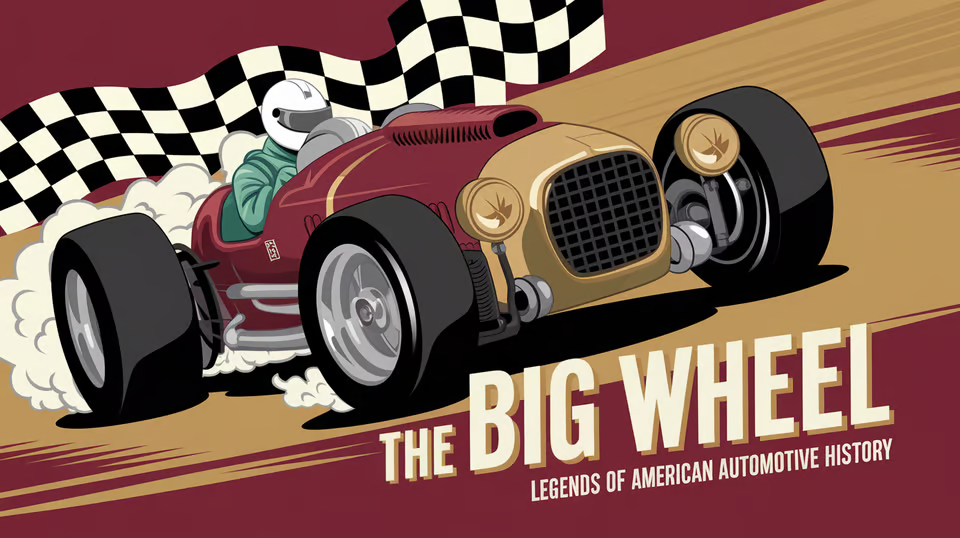Indycar and Autonomous Vehicles Compete at Laguna Seca Raceway
The world of motorsports is about to flip the script. Robotic cars are gearing up to join the legendary Indy 500, and honestly, it’s wild to see how far we’ve come.
This event isn’t just another race—it’s a real collision of cutting-edge tech and classic racing tradition. The next showdown at Laguna Seca Raceway is set to put autonomous vehicles front and center, testing just how far they can go in the heat of competition.
The Evolution of Autonomous Racing
Contents
Autonomous vehicles have come a long way in just ten years. They started out tucked away in research labs, rolling around in carefully controlled settings.
Now, thanks to leaps in artificial intelligence, machine learning, and sensor tech, these cars are hitting public roads—and even racetracks. Racing with this tech could mean more precision and safety, maybe even more excitement.
A New Era for the Indy 500
Letting robotic cars into the Indy 500? That shows just how much faith people are putting in autonomous systems. Laguna Seca Raceway, with its sharp turns and wild elevation changes, is a real test for any car, let alone one without a human behind the wheel.
This race isn’t just about speed. It’s about how these driverless cars handle the chaos and unpredictability that comes with real racing.
Technological Marvels on Display
The robotic cars headed to the Indy 500 are packed with some pretty mind-blowing tech. These machines crunch massive amounts of data in real-time, making decisions in a split second—something even the best human drivers would struggle with.
- Advanced AI Algorithms: These let the cars pick up on patterns in their environment and get better with every lap.
- High-Precision Sensors: LIDAR, radar, and cameras team up to give a full 360-degree view around the car.
- Real-Time Data Processing: The cars react instantly to whatever the track throws at them.
The Role of Human Engineers
Even though the cars drive themselves, people are still a huge part of the process. Engineers write the AI code, tweak the hardware, and make sure everything is dialed in before race day.
Honestly, it’s their mix of gut instinct and technical know-how that makes this whole thing possible.
Challenges and Opportunities
Bringing robotic cars into the Indy 500 is a bit of a double-edged sword. The tech is still pretty new, so there are legit worries about things going sideways—especially with safety.
But if it works? There’s a real shot at fewer accidents, maybe even less money spent, and pushing speed and performance to places we haven’t seen before.
Safety Concerns
Safety sits at the top of everyone’s mind with autonomous racing. Sure, these cars are built to be super reliable, but nothing’s perfect—tech can fail, and weird stuff happens.
Keeping everyone safe, both the robots and the humans, is non-negotiable. That means endless testing and strict safety rules, no shortcuts.
Environmental Impact
There’s also the green angle. Autonomous racing could help motorsports shrink its carbon footprint. Electric drivetrains and regenerative braking aren’t just buzzwords—they’re real steps toward cleaner racing.
It’s a move that fits right in with the push for sustainability across the auto world.
Looking Ahead
Robotic cars at the Indy 500? That’s just the opening lap. Tech keeps moving, and it’s not hard to picture more autonomous vehicles showing up in all sorts of racing.
This shift could totally change how we watch and build race cars—and maybe even the cars we drive every day.
The Future of Motorsports
The future of motorsports looks like it’ll be a wild mix of humans and machines. Sure, traditional racing isn’t going anywhere, but autonomous vehicles are elbowing their way in with new kinds of competitions.
This hybrid setup might just give fans something they’ve never seen before. Imagine the adrenaline of human rivalry fused with the crazy precision of machines—there’s something electrifying about that.
For more on how robotic cars are weaving their way into racing, check out the full article on Forbes.

